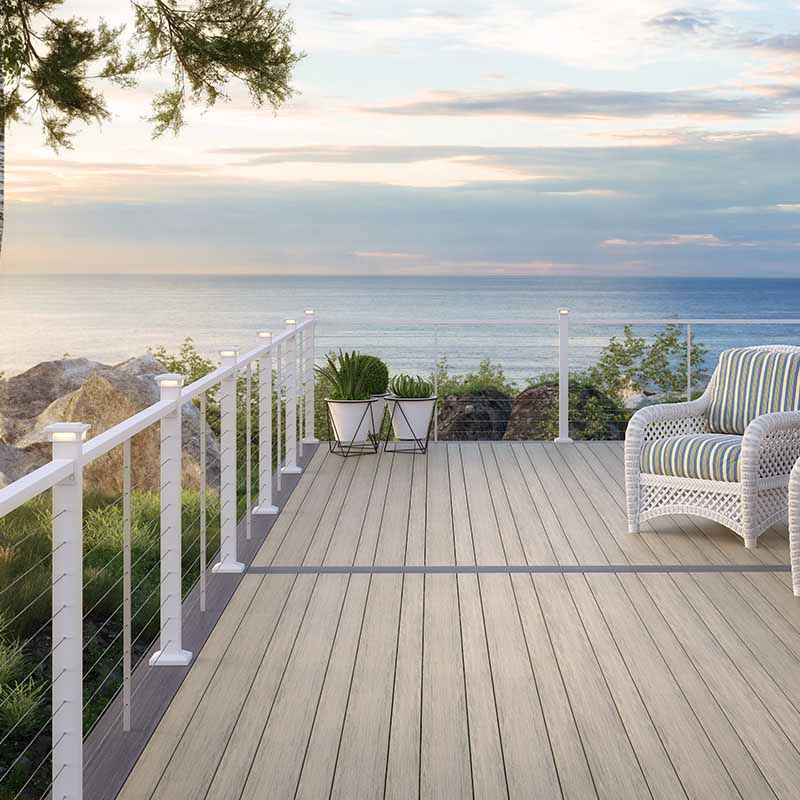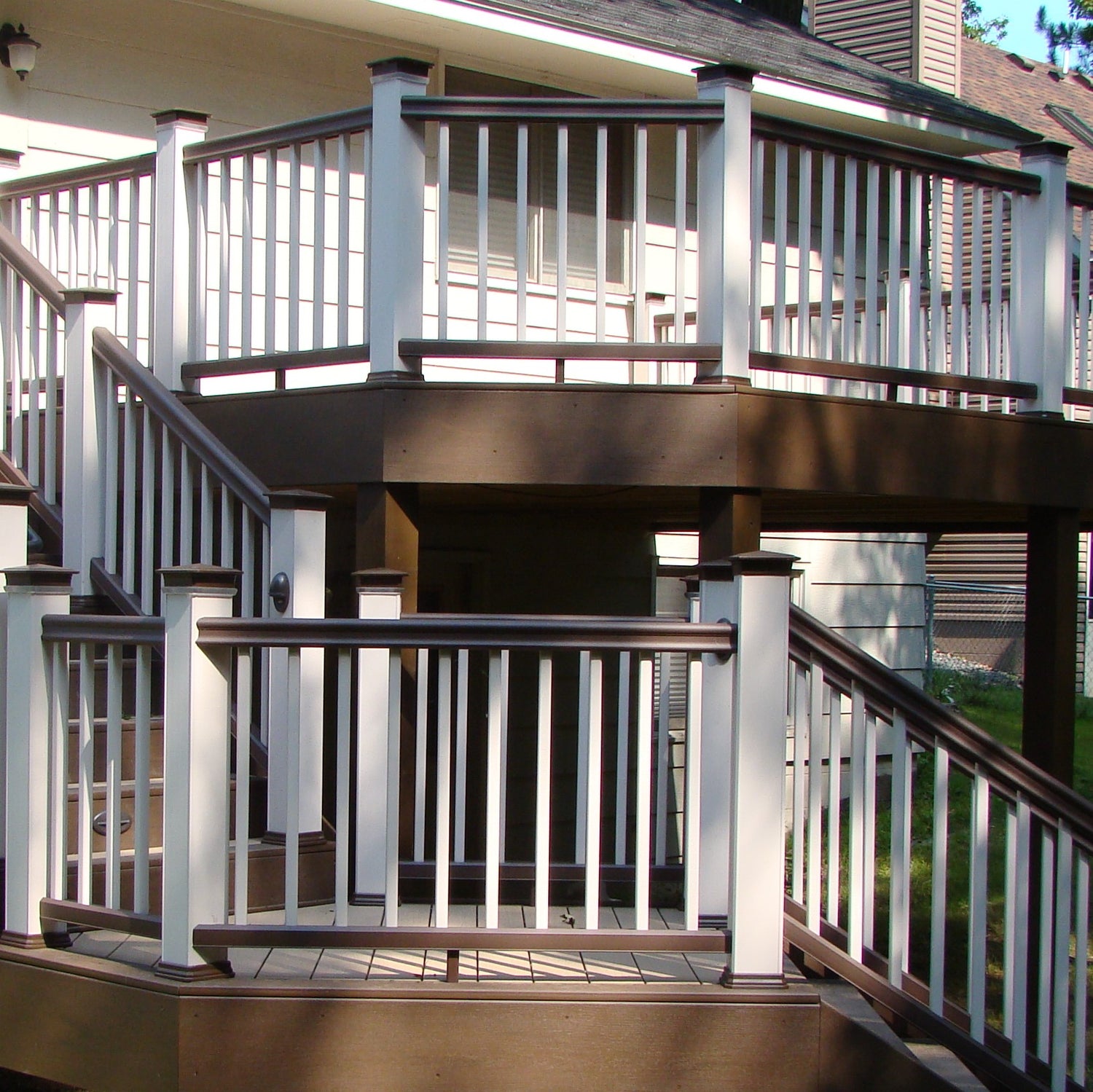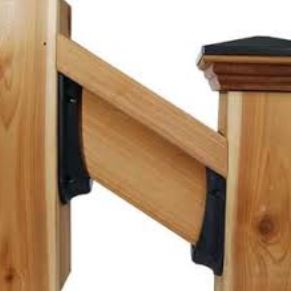Railing Styles available at Pro Deck Supply
When we talk railing "style", this usually refers to the general structure and infill method of a railing system, like cable, glass, or aluminum. Infills and structure are often interchangeable, like Trex Signature aluminum railing would use aluminum posts, but the panels can be configured to use glass, steel mesh, horizontal rods, or vertical balusters to fill the space between the panels.
-

Aluminum Railing
Aluminum railing, usually powder-coated or painted, is commonly used as a reasonably...
-

Framed Glass Railing
"Framed" glass railing systems use a metal top and bottom rail to...
-

Illuminated Glass
Some glass railings can be configured where the mounting brackets or channel...
-

Vertical Cable Railing
Vertical cable panels use cables stretched from the top rail to the...
-

Horizontal Cable Railing
Horizontal cable railing has cables run between the posts, with a structural top...
-

Mesh Railing
Mesh railing is a railing style that has a wood or metal...
-

Privacy Railing
Privacy panel rail systems are all-in-one railing options that are approved as...
Railings by Price Level
The cost of rail systems is usually most affected by the build quality and the materials used for the panels. If a contractor is installing the railing for you, the amount of labor required to assemble the system also plays into the end cost of an installed rail.
Aluminum railing is one of the best bang-for-buck systems, due to its relatively low cost, while still having a clean appearance, long life, and fairly solid construction.
Mesh, cable, rod, and glass railings land at higher price points due to the unique parts used in the systems, as well as higher labor costs factoring in to the "turn-key" cost to the homeowner.
-

Basic Aluminum Railing
Aluminum railing has become the bread-and-butter of railing options, and can be...
-

Premium Composite Rail
Capped wood-plastic composite railing has a more robust look and solid feel,...
-

Premium Rod Railing
Rod railing was designed as an alternative to cable railing, with a...
-

Premium Cable Railing
Cable railing typically uses an aluminum post and rail system, but has...
-

Premium Frameless Glass
Glass railing with a higher price point, but with minimal view obstruction....
Railing Brands
Each railing brand will often make more than one family of railings, so "Dekpro railing" would refer to all the styles made by Dekpro, including aluminum balusters, glass strips, and cable railing.
When looking at similar railing style across different brands, there are subtle differences that are worth considering. Powder coating texture, available colors, post sizes, and ease of installation are factors that vary no matter the style of rail.
Aluminum railings also vary by top rail profile, baluster profile, post size and style, and bracketry.
On cable railings, you'll notice differences between the max post span, fitting styles and how they connect to posts, and also the top railing and whether or not it is continuous over posts.
Composite rails are known for their robust look, but you will still notice differences in component sizes, colors, construction, and even slight material differences between brands.
Different brands of rod railings have the usual differences of colors, post styles, and top rail profiles, but you'll also notice differences in the construction and assembly.
-

Deckorators Railing
Aluminum and cable railing systems from Deckorators.
-

Ultralox Railing
Ultralox is a great all-around panelized aluminum railing option, featuring narrower spindles...
-

Westbury Aluminum Railing
Powder-coated aluminum railing kits and surface-mount posts for decks, manufactured by Digger...



























